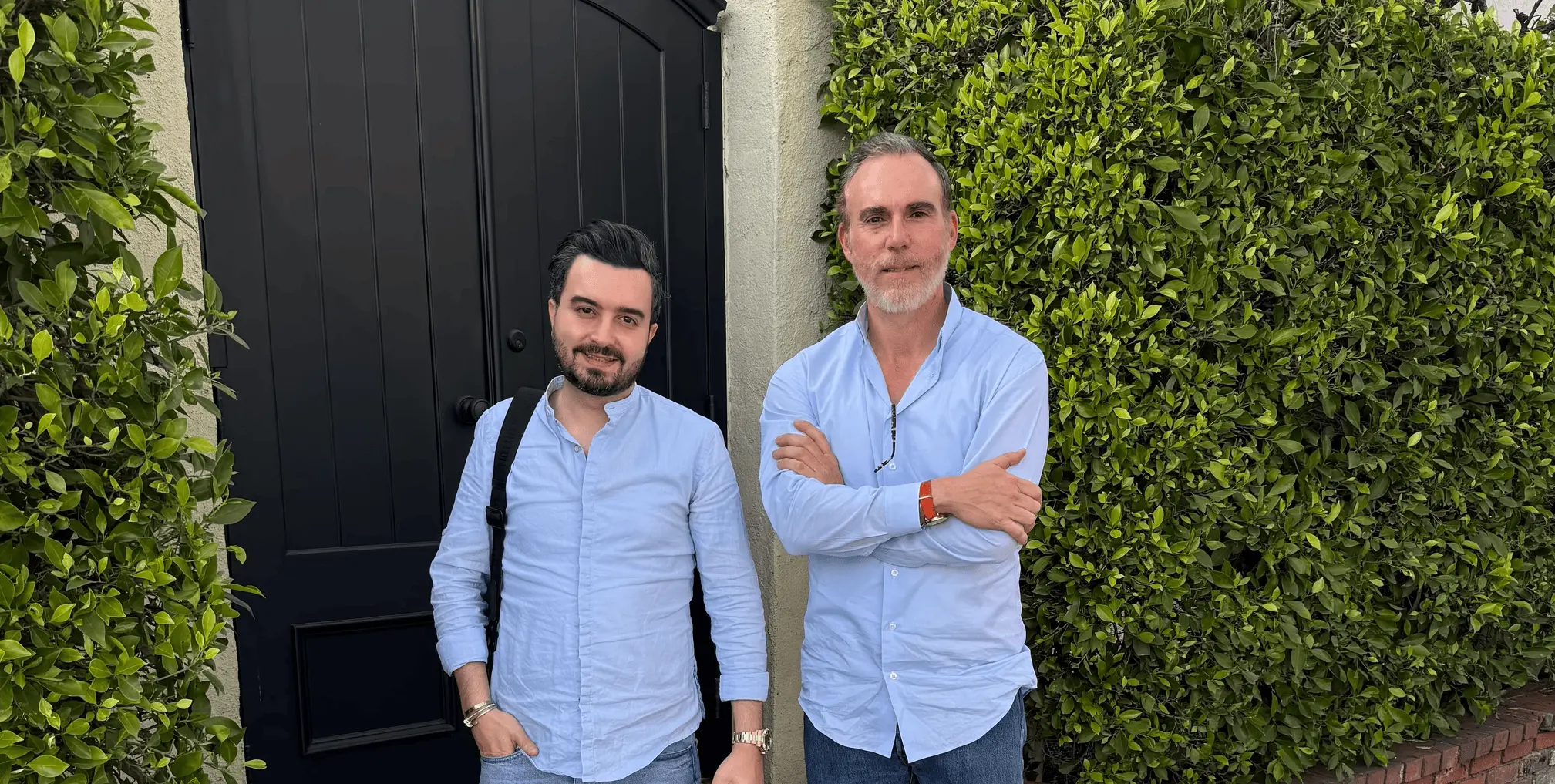Most hang-ups aren’t your clients at all. They’re spam, spoofed local numbers, or misdials that never intended to speak with you – part of a broader erosion of trust in the voice channel. Hiya’s 2024 State of the Call found that 28% of unknown calls were flagged as suspected spam or fraud, and 92% of consumers assume unidentified calls are fraudulent. That ambient noise drags down answer and completion rates for everyone, including legitimate firms.
But some disconnects are real prospects—and those are the ones you can’t afford to lose. The job isn’t to drive hang-ups to zero (impossible), it’s to minimize, recover, and learn from them. That’s where thoughtful off-ramping (a graceful hand-off to a human) and our outbound agent Justin come in.
What actually drives hang-ups?
Even human-only teams shed calls. In Clio’s 2024 “secret shopper” study of 500 firms, only 40% answered the phone, and 48% were effectively unreachable by phone (no answer and no return call)—a stark reminder that responsiveness, not “AI vs. human,” is often the culprit.
Trust headwinds make it worse. Consumers are primed to distrust unknown callers, and carriers increasingly label or block suspicious traffic, which sometimes catches legitimate calls in the crossfire. The result is a higher background rate of quick disconnects that has little to do with your script quality.
There’s also a “number age” effect: the longer you’ve had a phone number, the more places it’s likely been shared or resold (web forms, public records, contact uploads, breaches, and data-broker lists). Over time, those lists persist and propagate, increasing your exposure to spam and unintended calls. Regulators and researchers have documented how data brokers collect and trade vast datasets, including phone numbers, which can be leveraged in scams.
Is the AI voice why callers bail?
Not usually. In the wild, most people try to escalate first—by saying “operator,” “representative,” or asking for a staffer by name. They hang up when escalation isn’t obvious or takes too long. Voice realism does matter (natural prosody, pacing, and micro-pauses tend to increase comfort), but the biggest driver of abandonment is a dead end, not a synthetic voice. The fix isn’t less AI it’s a clear, fast off-ramp to a human. The same trust dynamics that make people wary of unknown numbers also explain why callers are quick to seek reassurance.
Off-ramping: the safety net that saves real leads
Design your voice agent to hand off before frustration becomes a disconnect. Practical, low-friction triggers include the caller saying “operator,” “representative,” or a staff member’s name; repeated “hello?” or other signs of impatience; three failed capture attempts; or roughly 90 seconds (or three back-and-forth turns) without progress.
When you do off-ramp, keep it warm: pass the live agent a short transcript with the caller’s name, intent, and any verified entities so the client never repeats themselves. If no one is free, offer a specific callback window (for example, “within 20 minutes”); giving an ETA noticeably reduces abandonment. Finally, review ultra-short calls (under 15 seconds) every week to tune prompts, routing, and ASR.
Justin: rapid recovery for sub-15-second disconnects
Some hang-ups happen in the first few seconds often spam, sometimes great prospects who answered at a bad time, didn’t recognize the number, or tapped “end” by mistake. Justin, our outbound follow-up agent, monitors these ultra-short calls and automatically dials back within minutes with a friendly opener: “Looks like we just missed each other, I’m calling so you don’t have to wait in a queue.” If the caller wants a person, Justin transfers immediately or books a callback that fits their schedule. In early deployments, firms are recovering a meaningful share of leads that would otherwise disappear.
Compliance and disclosure without scaring people off
You can be transparent without tanking completion rates. Two rules of thumb cover most situations. First, don’t use AI voices for unsolicited robocalls. In February 2024, the FCC unanimously ruled that AI-generated voices in robocalls qualify as “artificial or prerecorded,” bringing them under the TCPA’s consent rules. Translation: no AI-voiced robocalls without the right consent. Second, if you’re trying to sell or persuade, disclose the bot. California’s Bot Disclosure Law requires clear disclosure when a bot is used to knowingly deceive for a sale or a vote. A short, friendly line like “I’m an AI receptionist—say ‘representative’ or press 0 for our team at any time” keeps you compliant and reassures callers.
Remember, the federal Do Not Call registry reduces calls from legitimate telemarketers but can’t stop illegal spam, which is why spam pressure remains high despite compliance.
What should my first 30 days plan look like?
We focus on guardrails and recovery loops you can measure. Map escalation keywords and sentiment cues; set a 90-second or three-turn timeout. Train staff on warm transfers so callers never re-state basics. Publish a callback SLA and have your agent offer a window when queues are high. Let Justin auto-call back sub-15-second disconnects, and tag outcomes so you can quantify recovered leads. Track answer rate, hang-ups, transfers, recoveries, and time-to-human after each script or model change.
Quick perspective for law firms
Clio’s 2024 research is blunt: less than half of firms were reachable by phone during the study. In a world where spam noise makes real prospects skittish, the firms that win are the ones that answer faster, off-ramp cleaner, and call back sooner, not the ones that avoid AI entirely.
FAQ
Are most hang-ups real prospects?
No. A large share are spam, spoofed local numbers, or misdials. Hiya’s network flagged 28% of unknown calls as suspected spam or fraud in 2023, and 92% of consumers assume unidentified calls are risky—which depresses engagement across the board.
Why do legitimate callers hang up?
Long holds, unclear menus, or no clear path to a human. Poor off-ramping is a bigger culprit than “AI vs. human.”
Will disclosing “I’m an AI receptionist” hurt completion rates?
Not when paired with an easy out. Give a one-line disclosure and a clear option to reach a person, and you’ll satisfy regulators while calming skeptical callers.
Do older phone numbers really get more spam?
Often, yes. Over time, numbers spread via web forms, public records, contact uploads, breaches, and data-broker markets; those lists persist and resell, increasing exposure.
What about robocall rules and AI voices?
AI-generated voices in unsolicited robocalls are treated as artificial or prerecorded and are illegal without proper consent under the TCPA.
How does Justin help with hang-ups under 15 seconds?
He automatically calls back quickly, offers a direct transfer, or books a time that works—turning accidental or cautious disconnects into real conversations.
References
-
Clio — 2024 Legal Trends Report (Highlights). https://www.clio.com/resources/legal-trends/
-
Hiya — State of the Call 2024. https://www.hiya.com/state-of-the-call
-
Truecaller — U.S. Spam & Scam Report 2024. https://www.truecaller.com/blog/
-
FCC — Declaratory Ruling (Feb 8, 2024) on AI-generated voices and the TCPA. https://www.fcc.gov/document/fcc-declares-ai-voices-robocalls-illegal
-
California Bot Disclosure Law (Business & Professions Code §17940–17942). https://leginfo.legislature.ca.gov
-
FTC — Data Brokers and data sales practices. https://www.ftc.gov/
-
CFPB — Proposed rule on data brokers (2024). https://www.consumerfinance.gov/
-
FTC — Do Not Call Registry: Guidance and FAQs. https://www.ftc.gov/business-guidance/resources/complying-telemarketing-sales-rule






